Fact or Fiction: Inside Episode 8
Martha storming into FDR’s bedroom to confirm his condition – the Crown Prince ordered to serve as Norway’s Chief of Defense – and a war widow giving Olav a new perspective. We cover a lot of ground in Atlantic Crossing’s finale. The creators/writers separate the episode’s facts from fiction.* [Contains spoilers.]
- 1.
Fact or Fiction: Martha barged into the bedroom of the terminally ill president.

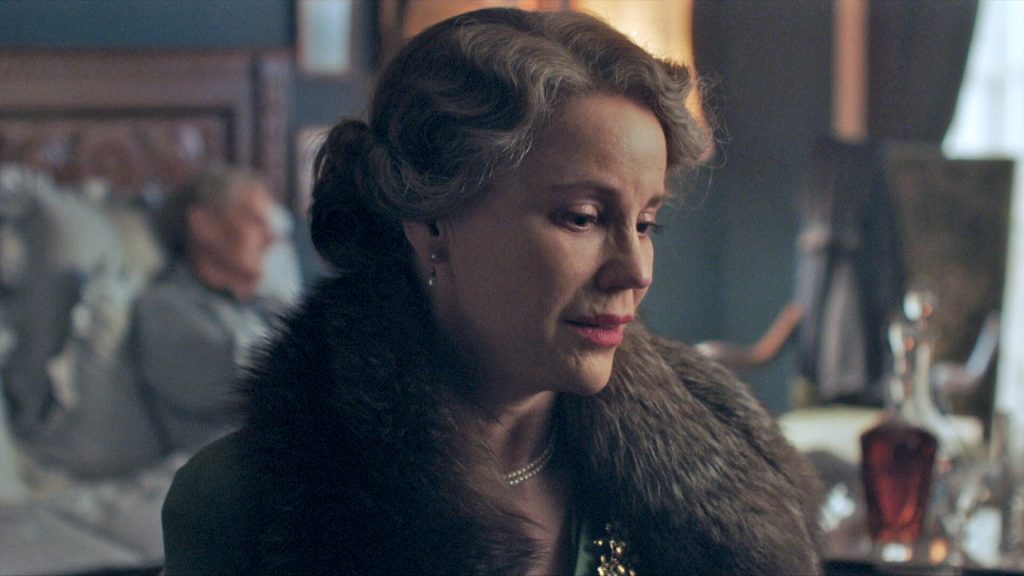
FICTION: “We had to put an end to the relationship between Martha and Franklin,” says series co-writer and historian Linda May Kallestein. “When [Martha] realized he was dying, it was important for her to say goodbye. What they said to each other behind closed doors is not documented and we thought: How could the last meeting have been?”
“In the series, we go from seeing strong Roosevelt in 1942 to a weakened man in 1944. Crown Princess Martha becomes the viewers’ eyes in the development of his disease,” Kallestein explains. She adds that, according to President Roosevelt’s calendar, he and Martha did not meet much in the last days of his life. He died on April 12, 1945.
- 2.
Fact or Fiction: Crown Prince Olav was commanded to serve as Norway’s Chief of Defense.

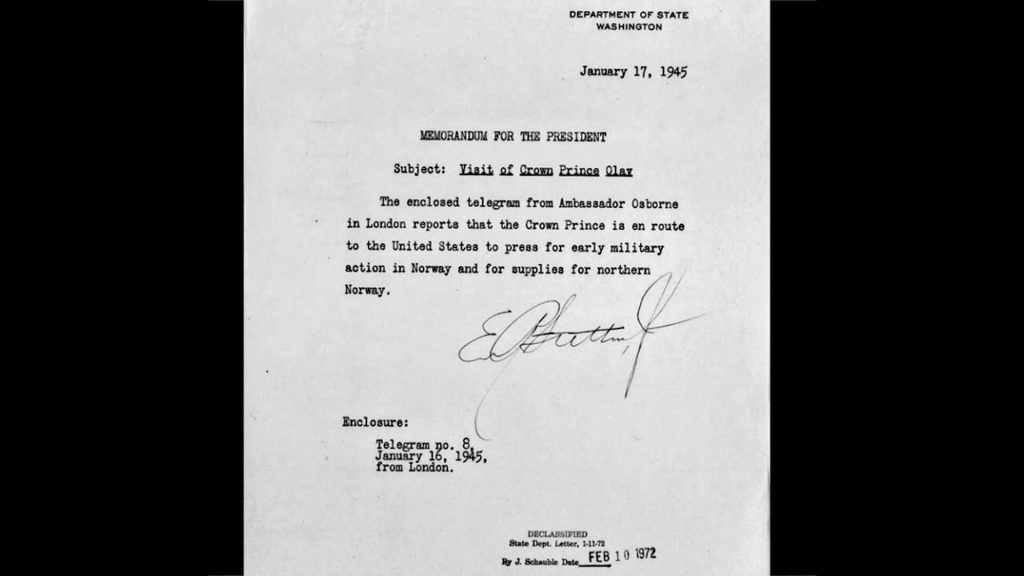
Department of State memorandum courtesy of the Franklin D. Roosevelt Library archive. FACT: The government-in-exile ordered Olav to accept a position he’d previously expressed interest in. The series co-writers used his hesitation to convey tension between King Haakon and the Crown Prince. “When the King supports the proposal that Olav should become Chief of Defense, it is because he has understood that he’s held his son back,” says Kallestein.
In reality, this appointment was something Olav wanted. In June 1944, the Norwegian government was aware the war was coming to a close. It wanted the country’s military leadership strengthened for the sake of cooperation with the Allies and to reinforce its authority in returning to a free Norway. The Crown Prince was thus given leadership of the Norwegian armed forces. An Episode 8 scene shows a private meeting between Olav and FDR, where they discuss the war’s end and the Crown Prince’s concern about Russia’s presence in northern Norway. It is true that Olav met President Roosevelt in January 1945 to discuss such matters; FDR received a memorandum from the U.S. Department of State informing him Olav was en route.
- 3.
Fact or Fiction: Olav met the widow of pilot Rolf Thorbjørn Tradin in London.

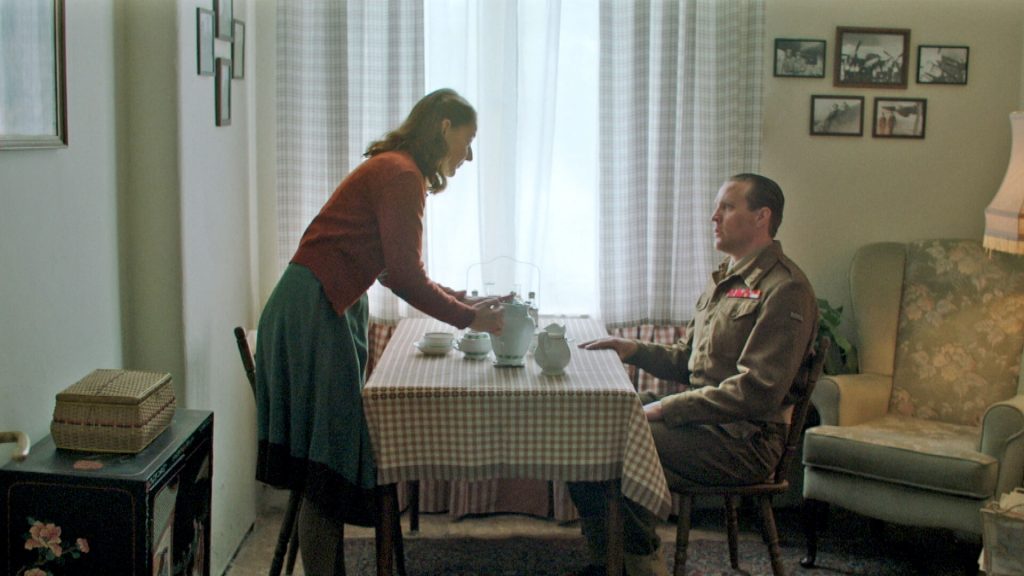
FICTION: While the meeting was dramatized, Tradin was a real Norwegian fighter pilot who died in an aerial battle over France in 1943, say the series co-writers. In their research with the pilot’s relatives, they learned that the young couple’s child died ten days before its father. The real Tradin received the War Cross with sword, but not until four years after his death; he was the only Norwegian pilot honored for his efforts in the war. His wife, Anna Elise “Tulla” Jensen never moved back to Norway. She remarried in 1950.
“For the character of Crown Prince Olav, this [encounter we created] is emotionally charged. … In the meeting with Tulla he understands that it is time to fight for the new,” says Kallestein.
- 4.
Fact or Fiction: The royals’ Skaugum residence in Norway was vandalized by the Nazis.

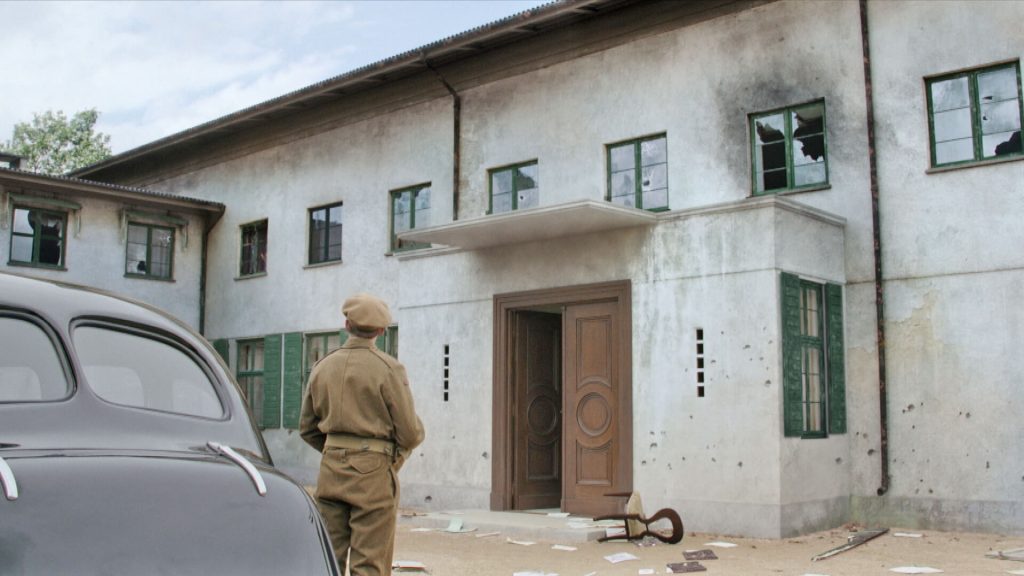
FACT: While Olav’s reaction upon returning to his family’s home is dramatized, it is true that Skaugum was occupied and vandalized by the German army. During the five years of occupation, Nazi leader Josef Terboven lived at Skaugum. As a Reich Commissioner, Terboven was essentially in charge of Norway. “When it was clear Germany lost the war, he blew himself up in a bunker on the farm,” says Kallestein. The house had been heavily vandalized throughout the years, they add. The exterior was painted in grey camouflage and inside a lot of the content had disappeared.
- 5.
Fact or Fiction: Hundreds of thousands of Norwegians greeted the royal family’s return.

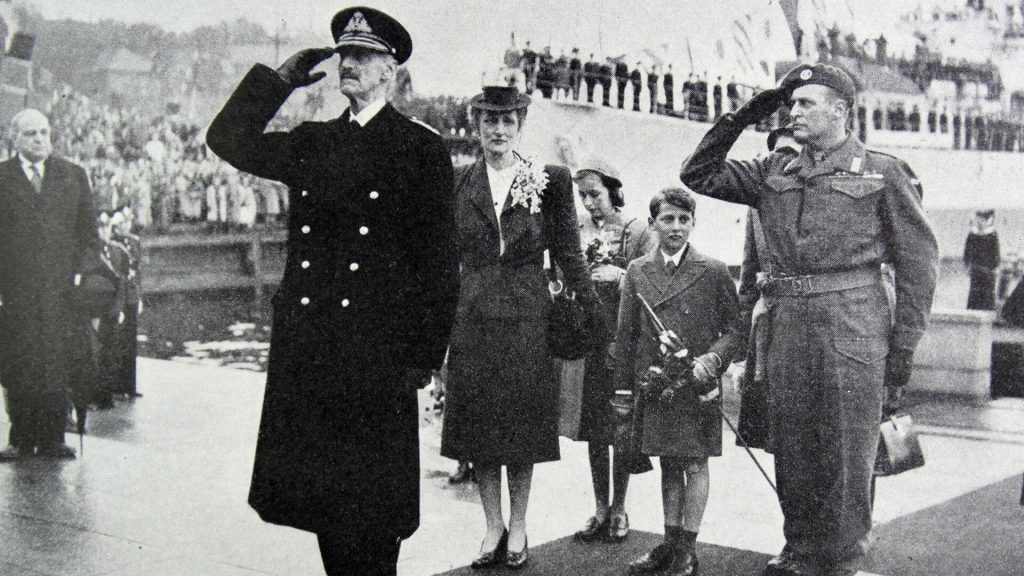
King Haakon, Crown Princess Martha, Crown Prince Olav and their children return to a liberated Norway after WW II. FACT: Princess Astrid has been quoted as saying the enormous and exuberant crowd at Oslo’s waterfront “was overwhelming.” She also remembers that “Grandfather [had been] anxious and wondered what the homecoming would be like. How would the people receive him? His refusal to accept German demands in 1940 had led to a great many Norwegian deaths during the war. He was deeply moved by the warm welcome of all the people.” The royal family’s arrival on June 7, 1945 was no coincidence; it marked five years to the day since the King and Crown Prince had been forced to leave the country for London.
*Based on a series of articles (in Norwegian) written by Mari Aftret Mørtvedt and Ola Nymo Trulsen for NRK, the Norwegian Broadcasting Company.




















